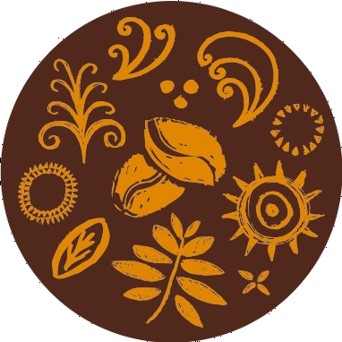Heineken Ethiopia’s new production capacity is about to come on line. The company has invested $146m in a 14 month program to increase capacity at its Qilinto brewery in Addis Ababa to 5.5m hectolitres, making it the largest brewer in the country.
Heineken’s latest investment has been supported by a $47m letter of credit facilitation from the Ethiopian government. It means that annual capacity at the Qilinto brewery, which started in 2014, will now be 4.5m hectolitres. Heineken produces the Walia, Buckler and Sofi beer brands at the brewery, as well as its flagship Heineken brand.
Combined with Heineken’s Bedele and Harar breweries, it means that Heineken has 5.5m hectolitres production capacity in Ethiopia. Heineken entered the Ethiopian market in 2011 with the $163m acquisition of the Bedele and Harar breweries, following the government’s move to privatize some state assets.
Heineken has become the market leader in what is still a very undeveloped beer market. Ethiopia has seven breweries and around 20 domestic brands serving an adult population of more than 50m. Per capita beer consumption is less than 10 litres annually, compared to 70 litres in many European countries, for example. Total beer consumption in the country is estimated to be 12m hectolitres, growing at 10% annually, according to Heineken.
Heineken is the dominant player in Ethiopia. In May this year Heineken introduced two new brands into the Ethiopian market: Sofi Buna, a non-alcoholic beer, and Walia 3.3, a 3.3% ABV beer. In June 2017, the company also launched Walia Radler, a 2.5% ABV beer. The company’s strategy is to hit a range of price points, and to cover off both alcoholic and non-alcoholic beers.
Its closest competitor is BGI Ethiopia, which is a subsidiary of French beverage company Castel Group. BGI Ethiopia owns the St. George and Amber brands and produces Castel under license. BGI Ethiopia has an annual production capacity of 5m hectolitres. Heineken’s major rival in Africa, Diageo, is also present in Ethiopia, having acquired the Meta Abo brewery for $225m in 2012. Within three years, Diageo had invested a further $113m and tripled capacity to 1.7m hectolitres. Together, the three largest brewers have a combined capacity of 12.2m hectolitres.
BGI Ethiopia has been active in acquiring smaller, regional players to enhance its national profile. In 2017, it bought a 58% stake in the Raya Brewery for 2.5bn birr ($90m), giving it 100% ownership (it already owned a 42% stake). Raya was established in 2012 and is the second largest brewer in northern Ethiopia, with a production capacity of 700,000 hectolitres. In early 2018, BGI bought out Zebidar, a new brewery located 167km south of Addis Ababa in the Gurage Zone of the Southern Regional State. Zebidar, acquired for 1.3bn birr ($47m), was established in 2016 and has an annual production capacity of 350,000 hectolitres.
The growth in capacity and acquisitions has made a three way race to cater to Ethiopia’s beer drinkers. But there are still considerable opportunities and challenges: rural areas, including many large rural towns in the north and south are costly to distribute to and poorly served. There is still considerable room to innovate more in the value segment of the beer market, to recruit customers and drive uptake. Ultimately we do not expect Diageo, which is strong in other East African markets such as Kenya, Tanzania and Uganda, to want to remain a distant third player in one of Africa’s headline beer markets.









